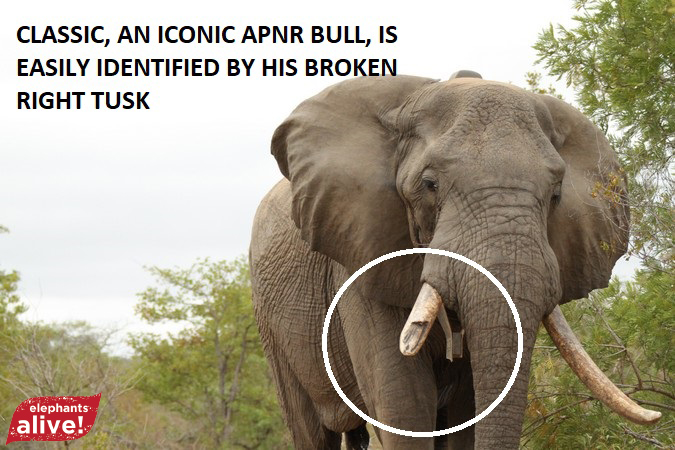
Written by Dr Julie Kern from Elephants Alive
Identifying elephants is one of Elephants Alive’s four main research angles and helps us to understand population dynamics and factors influencing elephant movements. Identifying elephants depends on looking at vital physical characteristics which differ between individuals. e.g. body size and shape, tusk configuration and ear features, such as notches, tears and holes.
Unfortunately, there are still a lot of elephants out there with very few notches and holes in their ears, especially younger individuals, which makes them much harder to identify. It’s then a case of finding other clues to their identity, such as the veins on their ears, or body scars.
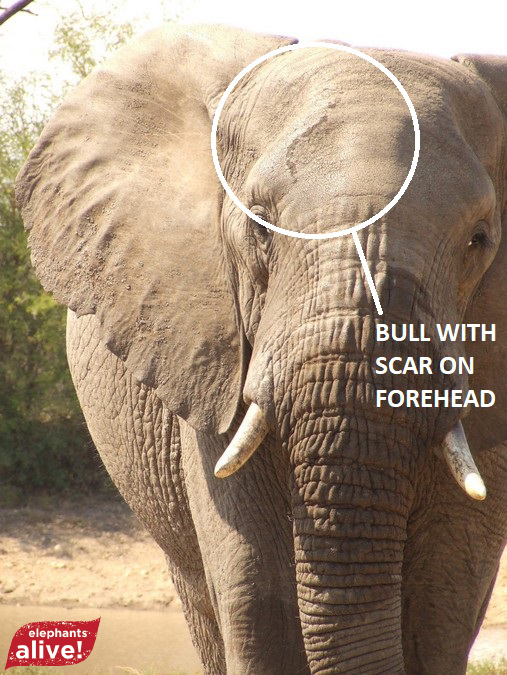
Based on the photographs collected in the field, identikits of each individual elephant are drawn, detailing their unique physical features. And using these, we can then identify the individuals we see in the field.
Identifying individuals is incredibly essential and enables us to investigate questions with a high level of detail, e.g. documenting the influence of life-history effects such as adolescence or dispersal, or the impact of social relationships.
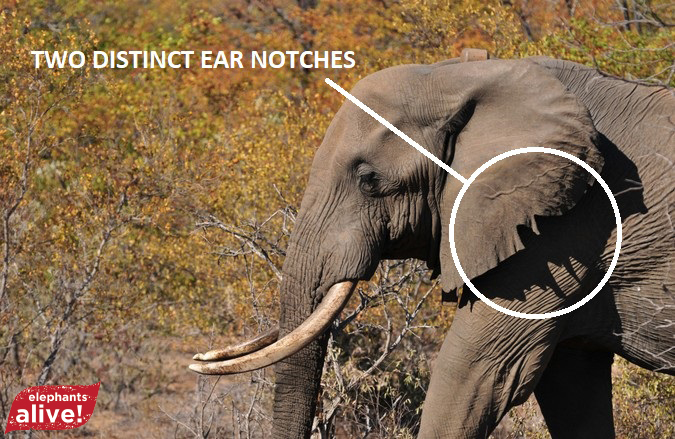
For example, we can use ID studies to build a picture of a population’s social network by observing who spends time with whom, allowing us to detail the number and strength of connections held by different individuals. Such studies on elephants in the past have highlighted the importance of matriarchs in family units and older mentors in bachelor groups (more specifics regarding these individuals below).
Social benefits can be an important driver of elephant movements, something which Elephants Alive also has a very rich data set on, having collared close to 100 elephants in approximately 140 collaring operations.
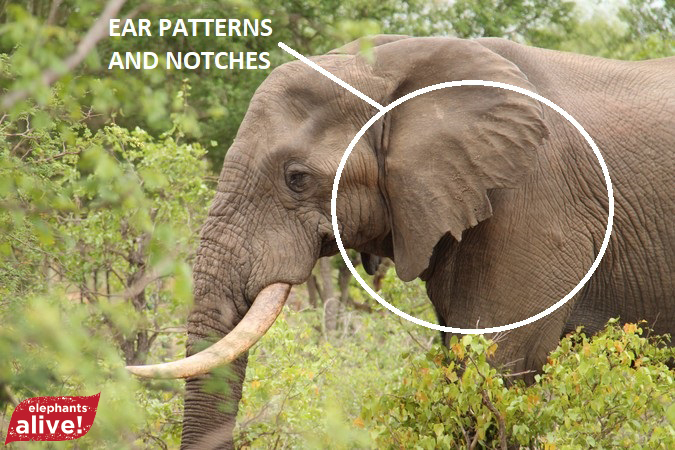
ID studies provide a great base layer over which a considerable number of other methods can be layered, enabling us to investigate everything from DNA to population dynamics. For example, by combining ID data with genetics, we can investigate the kinship structure of populations, paternity success, and assess whether related individuals have stronger bonds.
By combining ID data with personality assessments or hormonal analysis, we can start to understand how different personality types behave and interact, and investigate which individuals are most affected by stress. We can even use ID data to run mark-recapture studies for detailed population estimates.
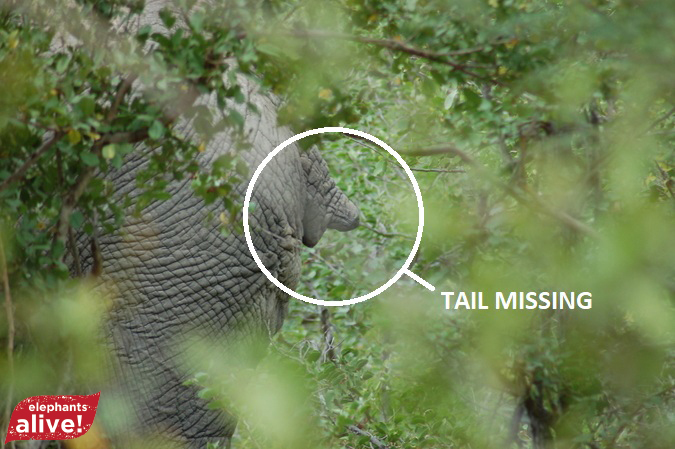
When thinking of specific individual types in elephant society who have pivotal roles, matriarchs and older bulls spring to mind.
Matriarchs
• Matriarchs have a crucial role in elephant societies. With age comes experience and a vast accumulation of social and ecological knowledge including knowledge of their surroundings, such as the availability of food and water in periods of drought, safe migratory routes, and predatory threats.
• Individuals in elephant groups benefit immensely from the influence of an older leader who can make crucial decisions about predatory danger. Playback experiments in Amboseli found that groups with older matriarchs responded more appropriately to predatory threat (male lion roars) than groups with younger matriarchs (McComb et al. 2011).
• Matriarchs have superior spatial memory of migratory routes and water- or resource-rich areas which translates to better survival of offspring. In Amboseli, calves with more experienced mothers were better able to overcome periods of stress, especially regarding food shortages (Moss et al. 2011).
• Family units show complex social ties, but it is the older females who are critical members of the network, being the most well-connected and influential. Poaching targets older individuals for their larger ivory, with the consequence that many family groups suffer the loss of their matriarchs. Socially, elephants have proven to be remarkably resilient to poaching, with daughters taking up their mother’s social roles (Goldenberg et al. 2016). If an individual’s mother was highly social and died, the offspring also tended to be highly social.
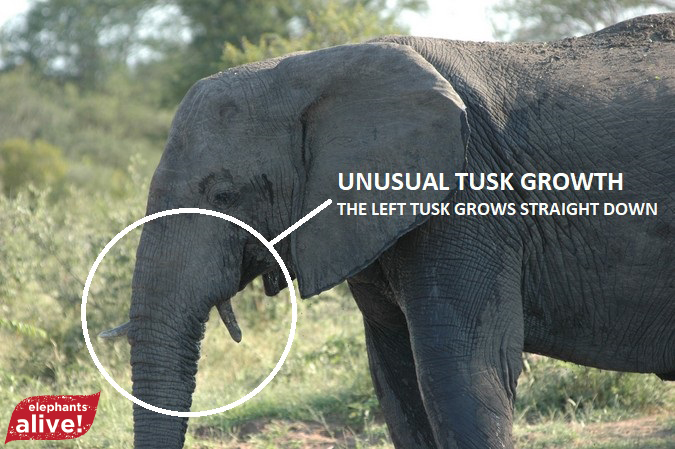
Older bulls
• Traditionally females are viewed as repositories of knowledge, but we now know that older, dominant bulls are also incredibly important for a well-functioning elephant society.
• Older bulls are of great importance with regards to suppressing musth and abnormal/aggressive behaviour in younger bulls (Slotow & van Dyk 2001). Their presence helps to maintain social stability and behavioural norms.
• Older bulls are vital members of a population’s social network. Older bulls are socially well-connected, interacting often and with many others. This indicates a high level of influence and leadership potential and demonstrates their importance as information sources for others (Chiyo et al. 2011).
• Genetically, older bulls are also disproportionately important. Male reproductive dominance is determined by size, and size by age as elephant bulls grow throughout their life. Females prefer to mate with older bulls, and older bulls have more paternity success than younger males, with the number of calves fathered at a given age peaking between 45 and 53 years old (Hollister-Smith et al. 2007).

References:
• Chiyo, Patrick I., et al. (2011) Association patterns of African elephants in all-male groups: the role of age and genetic relatedness. Animal Behaviour 81.6: 1093-1099
• Goldenberg, Shifra Z., Iain Douglas-Hamilton, and George Wittemyer (2016) Vertical transmission of social roles drives resilience to poaching in elephant networks. Current Biology 26.1: 75-79
• Hollister-Smith, Julie A., et al. (2007) Age, musth and paternity success in wild male African elephants, Loxodonta africana. Animal Behaviour 74.2: 287-296
• McComb, Karen, et al. (2011) Leadership in elephants: the adaptive value of age. Proceedings of the Royal Society B: Biological Sciences 278.1722: 3270-3276
• McComb, Karen, et al. (2001) Matriarchs as repositories of social knowledge in African elephants. Science 292.5516: 491-494
• Moss, Cynthia J., Harvey Croze, and Phyllis C. Lee, eds. (2011) The Amboseli elephants: a long-term perspective on a long-lived mammal. University of Chicago Press
• Slotow, Rob, and Gus van Dyk. (2001) Role of delinquent young “orphan” male elephants in high mortality of white rhinoceros in Pilanesberg National Park, South Africa. Koedoe 44.1: 85-94
To comment on this story: Login (or sign up) to our app here - it's a troll-free safe place 🙂.![]()






